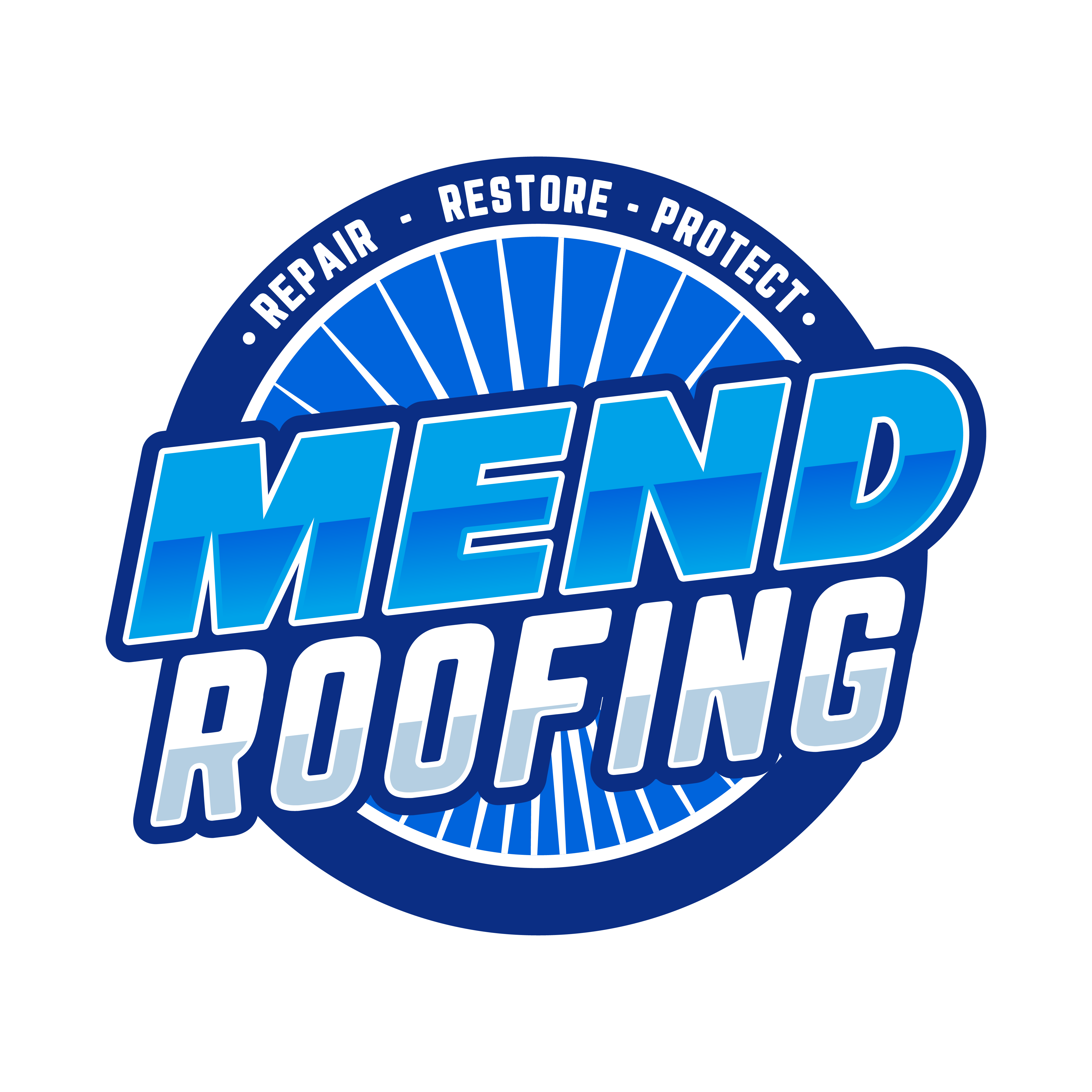Roofs are more than just a protective layer over our heads; they are a testament to architectural prowess, aesthetic appeal, and durability. When it comes to steep-slope structures, the choice of roofing material becomes even more crucial. Here, we delve deep into the world of shingles, a popular choice for many homeowners, especially in areas with challenging weather conditions.
The Dominance of Asphalt Shingles
Asphalt shingles have carved a niche for themselves in the roofing industry, not just in specific regions but across the United States. Their popularity stems from a combination of factors:
1. Variety and Versatility
There are two primary types of asphalt shingles:
- Organic Shingles: As the eco-friendly option, these are predominantly made of wood. Their base is drenched in asphalt and finally coated with colored mineral granules. This not only gives them a unique appearance but also enhances their durability.
- Fiberglass Shingles: These are characterized by multiple layers of fiberglass-mat. Sandwiched between these layers are asphalt coatings, topped off with mineral granules. This layered structure provides them with exceptional strength and longevity.
2. Architectural Potential
Beyond their functional benefits, asphalt shingles, whether organic or fiberglass, offer a textured appearance that can elevate the aesthetic appeal of any structure. Their diverse color palette further allows homeowners to customize their roofs to complement the overall design of their homes.
3. Resistance to Algae Growth
In warmer climates, the growth of algae on roofs can be a significant concern. Asphalt shingles, especially when infused with copper or ceramic granules, effectively deter this growth, ensuring the roof remains clean and attractive for longer.
Fire-Resistant Classes of Shingles
Safety is paramount when selecting roofing materials. Shingles are categorized based on their fire resistance:
- Class A Shingles: These are the pinnacle of fire resistance. Most asphalt shingles fall under this category, making them a preferred choice for safety-conscious homeowners.
- Class B and Class C Shingles: While still offering a degree of fire resistance, they don’t match the superior protection provided by Class A shingles. Organic shingles typically find themselves in the Class C bracket.
Ensuring Quality with ASTM Approval
When choosing shingles, or any roofing material for that matter, it’s essential to ensure they meet industry standards. The American Society for Testing and Materials (ASTM) sets these benchmarks. A product’s ASTM approval can usually be found in its literature or packaging. This approval is a testament to the product’s quality, durability, and safety.
Why Choose Mend Roofing?
At Mend Roofing, we understand the intricacies of roofing. Whether you’re a homeowner in Spring looking for a reliable “roofing company in Spring” or someone seeking “roof repair in Spring TX,” our expertise ensures you get the best. Our commitment to quality, combined with our deep understanding of materials like shingles, ensures that your roof isn’t just durable but also aesthetically pleasing.
Conclusion
Choosing the right roofing material is a blend of understanding its functional benefits, aesthetic potential, and safety features. Asphalt shingles, with their variety, architectural appeal, and fire-resistant properties, have proven to be a top choice for many. And when you’re ready to make that choice, remember that Mend Roofing is here to guide and assist you every step of the way.
